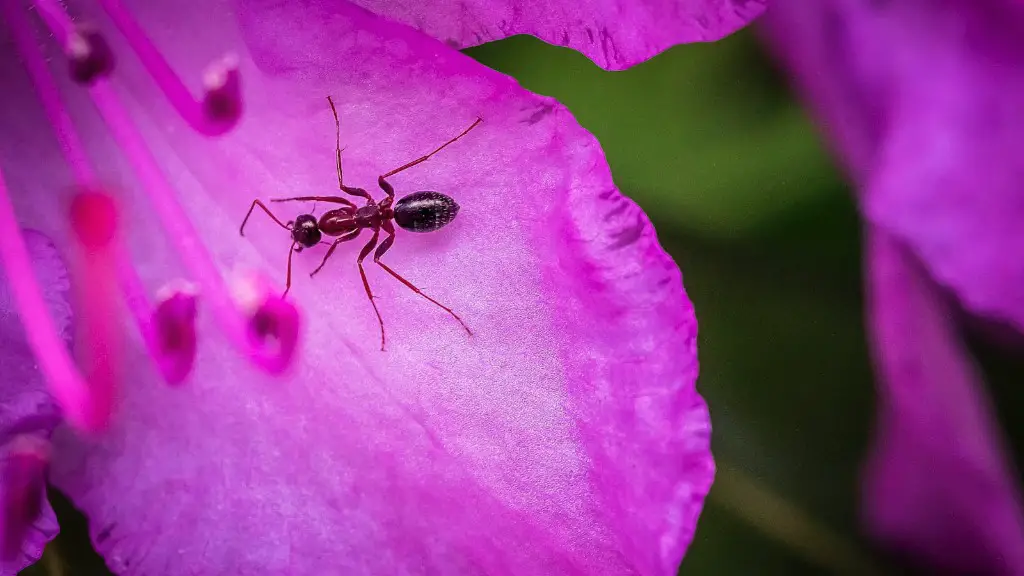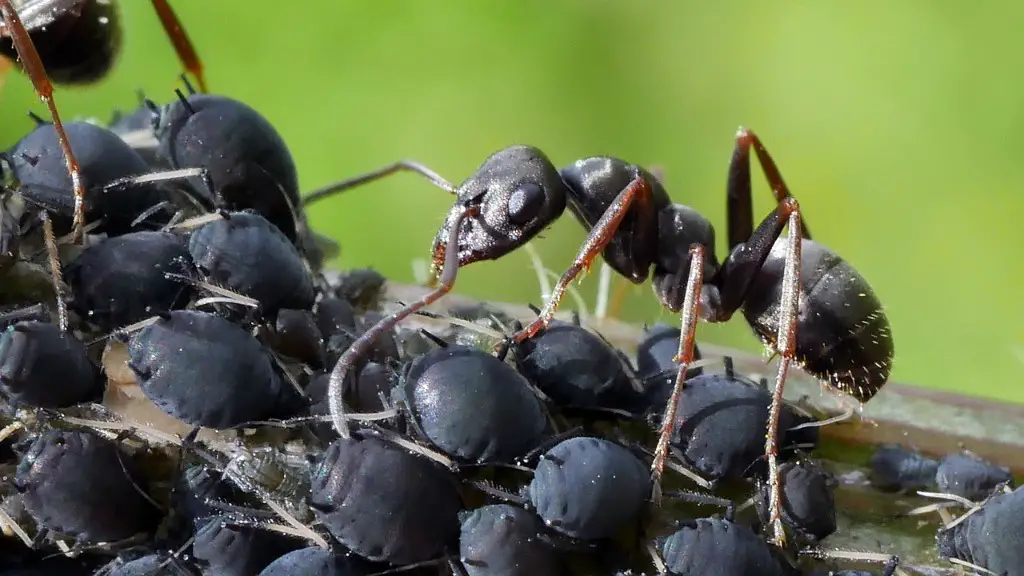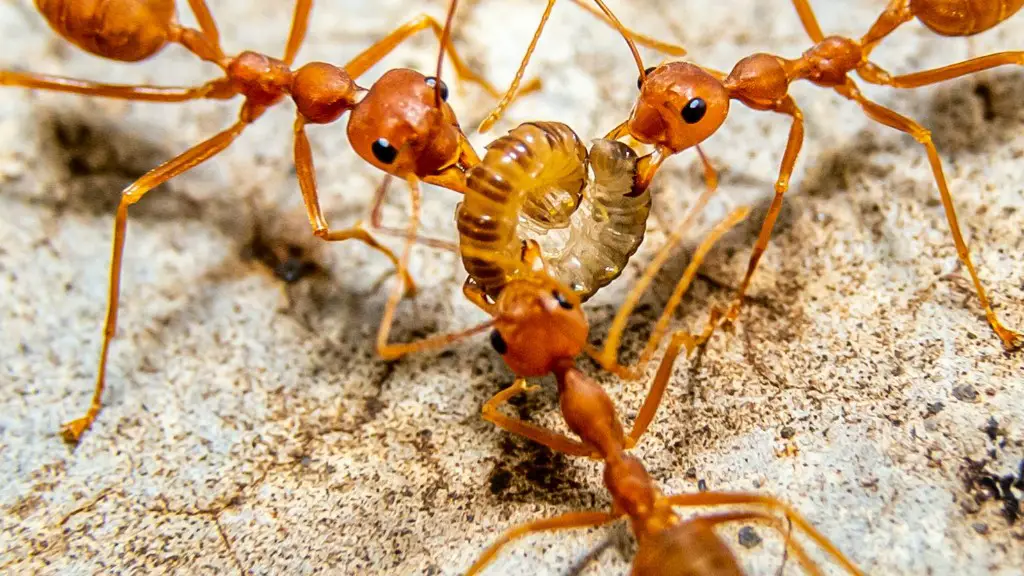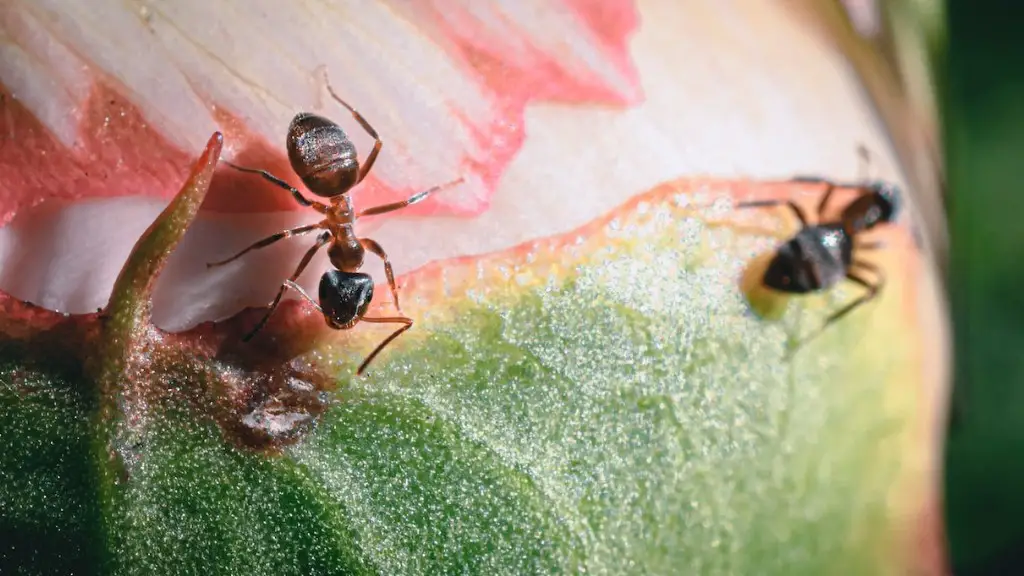What is an Ant?
Ants are common insects found in many different environments all over the world. They are social creatures, living in colonies and working together towards a common goal. Ants vary in size and colour, with some common species being red, black, orange or a combination of all three. Ants have an amazing sense of smell and can use their antennae to detect different scents and signals from other ants.
When do Ants Come out?
Ants typically come out in the spring and summer months, when the weather is warmer and the days are longer. This is when the ants are most active, as they are able to find food and build nests. They tend to come out in large numbers, especially in gardens and parks, where there is plenty of food, water and shelter. In the cooler autumn and winter months, the ants retreat back underground where they stay until the following spring.
Are Ants Dangerous?
Despite their small size, ants can cause a lot of damage if they get into homes and gardens. Some species of ants can bite or sting, which can be painful, and some can even cause allergic reactions. Ants can also damage plants, trees and crops, as they feed on their nectar and sap. Fortunately, there are a number of different ways to get rid of ants, and keep them away from homes and gardens.
What Attracts Ants?
Ants are attracted to sweet and sugary foods, so they will often be found near spilled food or leftover crumbs. They are also attracted to other sources of moisture, so they can sometimes be found near damp or wet objects, such as puddles or even wet clothes. To keep ants away, it is important to keep your home and garden clean, free from food and water.
How Can You Prevent Ants from Coming?
The best way to prevent ants from coming into your home or garden is to remove any potential food sources. This includes sealing any food containers and cleaning up any spilled food or crumbs as soon as possible. You can also make sure there are no gaps or cracks in your windows and doors, and fit door sweepers to keep out any ants that may try to sneak in.
What are the Benefits of Ants?
Despite the potential for damage, ants can also be beneficial in certain situations. They help to keep the soil aerated and can be used to help with pest control, as they feed on other insects. Ant colonies are also an interesting study subject, and help to uncover the fascinating world of these tiny creatures.
How can You Help Ants?
If you want to help ants in your local area, the best way to do so is to create a habitat for them. This can include providing them with food, water and shelter, such as piles of wood or logs. You can also provide them with a place to nest by building an ant farm in your garden.
What Kind of Ant Species Exist?
There are more than 12,000 different species of ants found all over the world. These species vary in size and colour, from the tiny red fire ant to the giant driver ant found in Africa. Ants play an important role in the environment, and can be found in nearly every type of habitat from forests and deserts to your own backyard.
What Kind of Ant Nest Structures Exist?
Each species of ant has its own unique type of nest structure. Some ants build small mounds of dirt or sand above the ground, while others build nests inside stumps or logs. Other ants may build elaborate underground tunnels and chambers, using the dirt and rocks they have collected.
What is Ant Colonization?
Ants are social creatures, living in large colonies with different roles and functions. The ants move around in formations and work together to find food, build their nests and defend against predators. When an ant colony has succeeded in establishing itself in an area, it can become a permanent fixture, with new generations of ants living and working together for many years.
What is Ant Pollution?
Ants can also cause pollution, as they transport dirt, debris and grains to their nest sites, which can disrupt the natural balance of ecosystems. They are also capable of carrying harmful viruses and bacteria, and can contaminate food sources if not properly controlled.
What is the Ant Lifecycle?
The ant lifecycle is made up of four stages: egg, larva, pupa and adult. Eggs are laid by the queen, and after hatching they develop into larvae. The larvae then molt and grow into pupae, before finally emerging as adults. The length of this cycle depends on the species of ant and the environment in which they live.
How Do Ants Communicate?
Ants communicate using a variety of methods, including chemicals, vibrations and visual cues. They release pheromones to attract or repel other ants, and can even use sound to communicate over long distances. Ants are able to identify the pheromones of their own species, so they can tell whether an ant is friend or foe.



